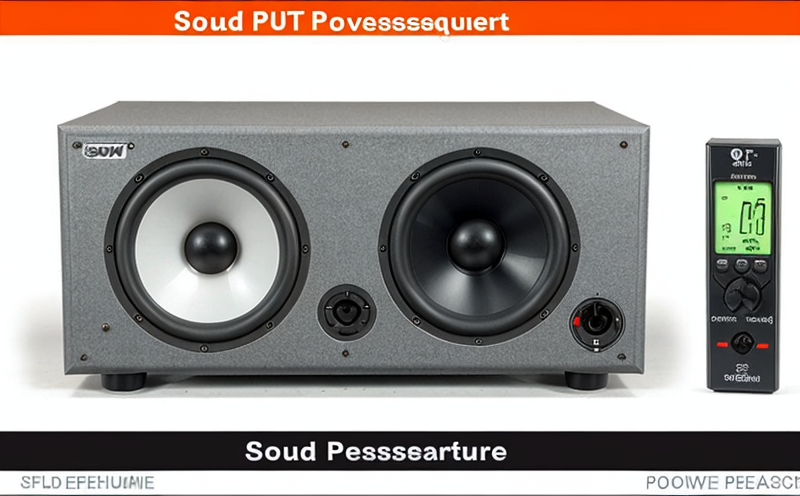ISO 4871 Declared Noise Emission Values of Machinery Testing
The ISO 4871 standard is an essential tool for ensuring that machinery complies with the noise emission requirements set forth by international regulations. This service focuses on testing and reporting declared noise emission values, a critical step in the design and manufacturing process to ensure compliance.
Declared Noise Emission Values (DNEVs) are the sound power levels or sound pressure levels of machinery under specified operating conditions. These values help manufacturers and regulators understand how noisy their products can be across various environments. By measuring these values, we provide a standardized approach that ensures comparability between different pieces of equipment.
The testing process involves placing the machinery in controlled acoustic environments where it operates under its normal working conditions. Sound power is measured using specialized sound level meters equipped with octave band filters and integrating averaging networks. The measurements are taken at specified distances from the machine to ensure accurate readings.
Sound pressure levels are also measured, which provide a direct indication of how loud the noise might be perceived by nearby individuals. This data helps in assessing compliance with relevant noise regulations, such as those found in EU directives and international standards like ISO 4871. Proper testing ensures that products meet these standards before they reach the market.
Our expertise lies in ensuring accurate and reliable measurements, which are crucial for meeting regulatory requirements and maintaining a competitive edge in the market. By adhering to strict protocols, we ensure that every measurement is both precise and repeatable, providing clients with confidence in the results.
| Applied Standards |
|---|
| The ISO 4871 standard is widely recognized for its comprehensive approach to measuring sound power and sound pressure levels. It provides specific guidelines on how to conduct these measurements accurately, ensuring that the results are consistent across different laboratories. |
Why It Matters
Compliance with noise emission regulations is not just a matter of adhering to legal requirements; it also has significant implications for product design, market competitiveness, and environmental impact. Exceeding noise limits can lead to penalties, recalls, or even the discontinuation of products.
For quality managers and compliance officers, meeting these standards ensures that their organization remains compliant with international regulations. For R&D engineers, it provides critical data on how changes in design might affect sound levels. In terms of procurement, understanding noise emissions helps in selecting suppliers who meet stringent quality criteria.
Moreover, adhering to ISO 4871 can enhance a company’s reputation by demonstrating a commitment to environmental responsibility and consumer safety. This is particularly important in sectors like manufacturing, where the noise generated by machinery can have far-reaching effects on both immediate surroundings and broader communities.
Competitive Advantage and Market Impact
- Meeting regulatory requirements early in the design process allows manufacturers to avoid costly recalls or redesigns later.
- Achieving compliance with ISO 4871 can set a benchmark for quality, helping companies differentiate themselves from competitors.
- Compliance reduces legal risks and enhances customer satisfaction by ensuring that products meet expectations in terms of noise levels.





